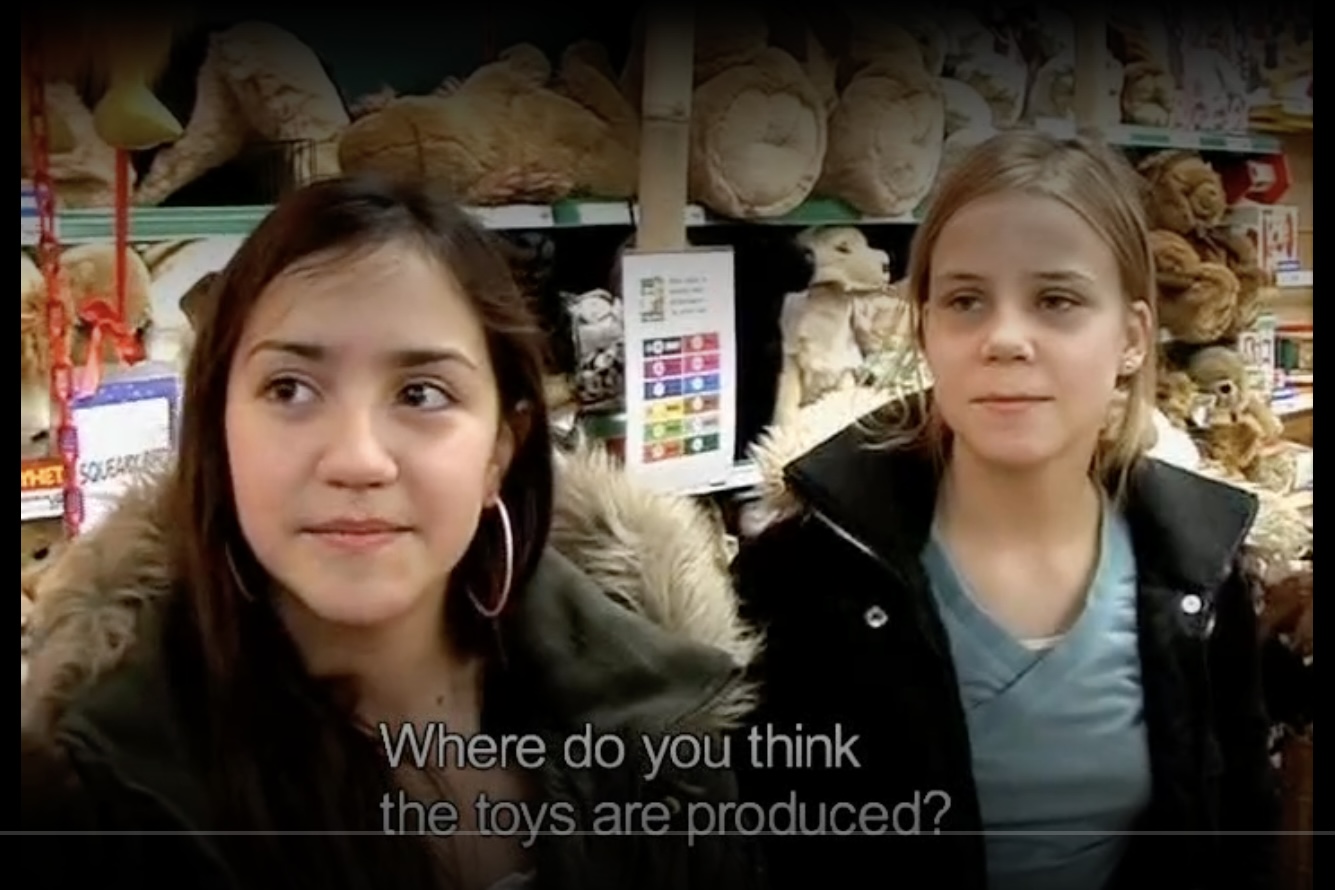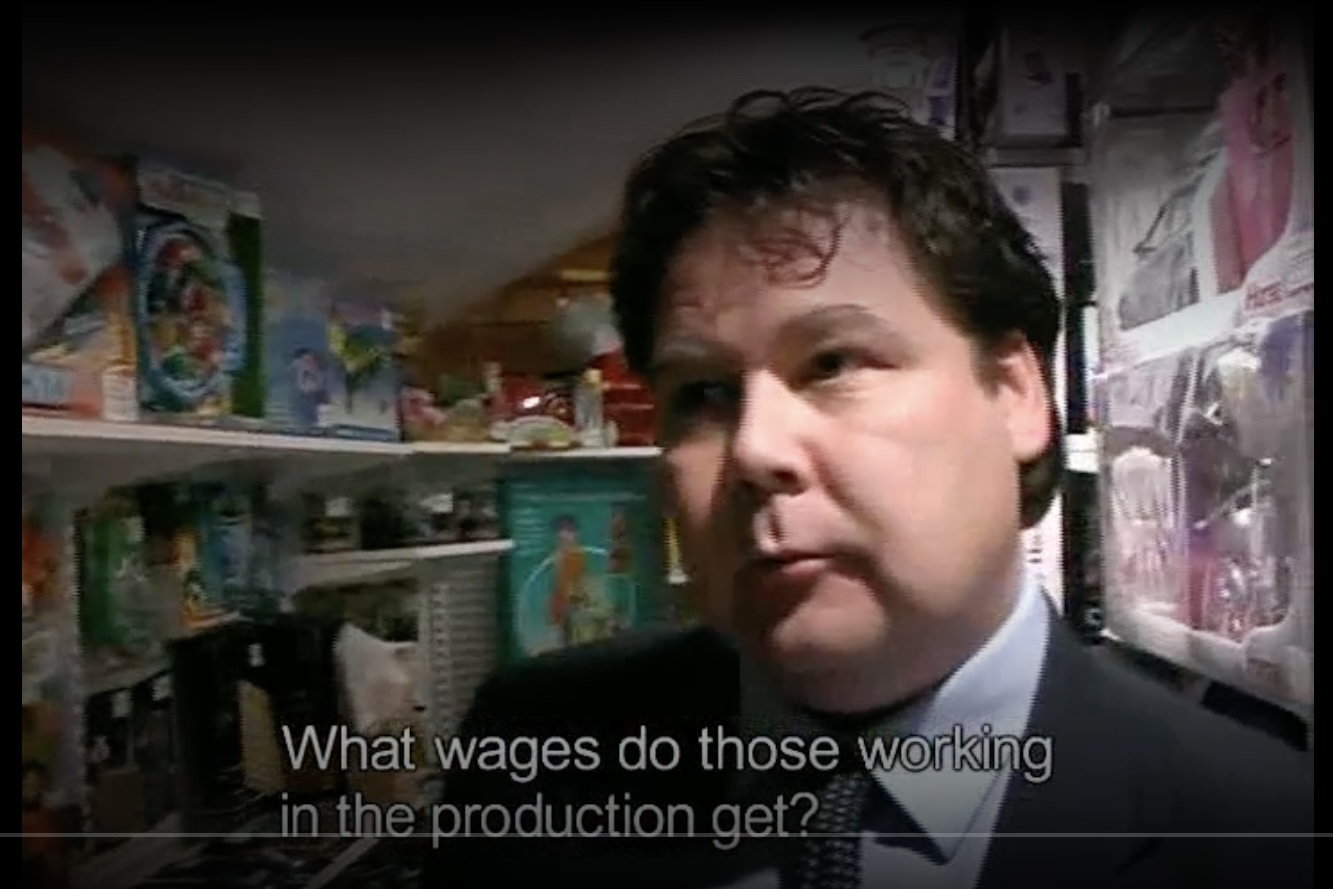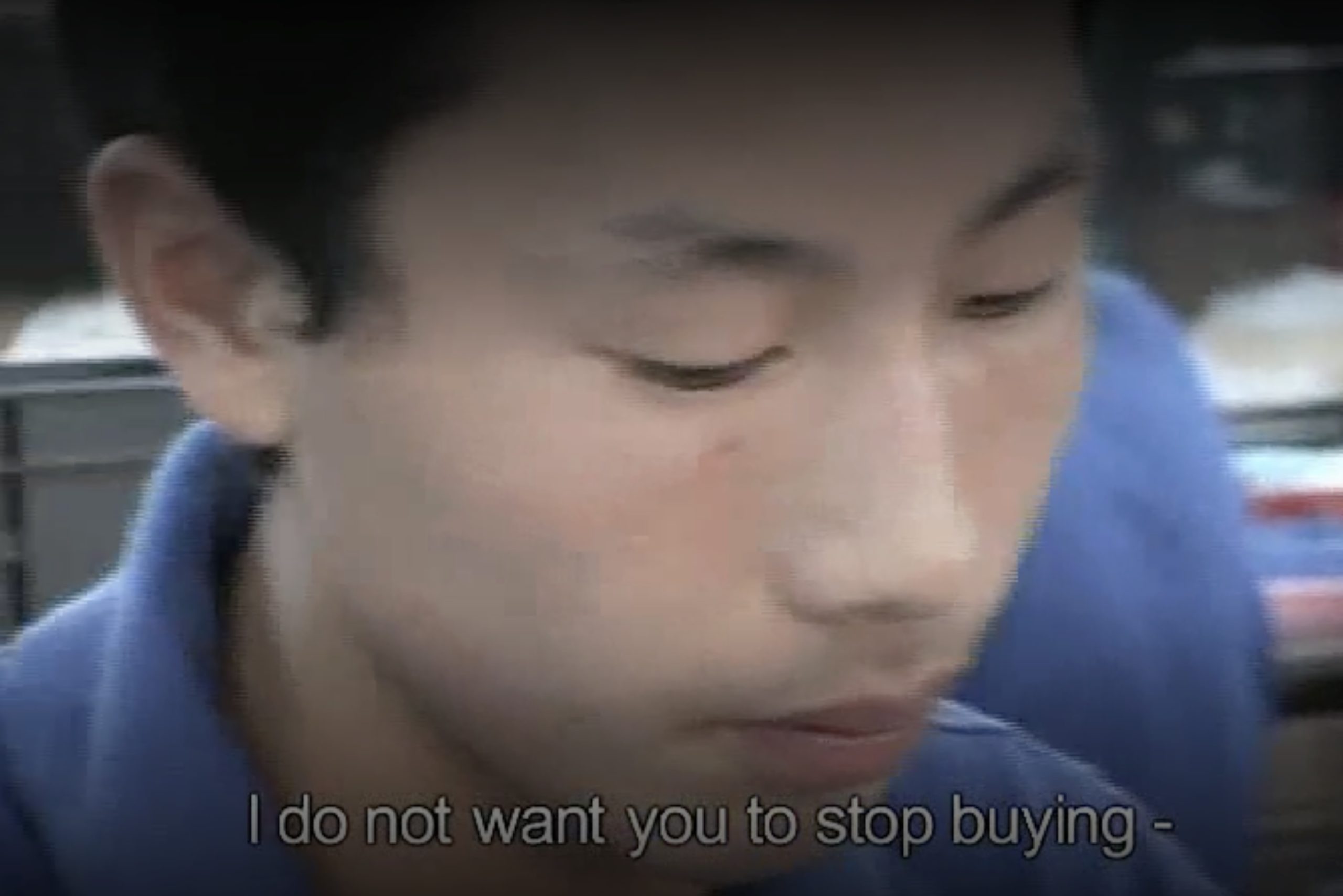
followthethings.com
Recycle my waste
“A Week In A Toxic Waste Dump“
A documentary film presented by Reggie Yates, produced by Harriet Morter for BBC TV.
Available in full above (with ads). Available on the BBC’s iPlayer platform without ads (with login) here. Search online for streaming options here.
Agbogbloshie is a notorious e-waste dump on the outskirts of Accra, the capital city of Ghana. It’s where Western electronics ‘go to die’. It’s where migrant workers from the North of Ghana move to take up low paid and dangerous work recycling this waste. They recover valuable scrap metals like copper from discarded electrical devices, most famously by burning the plastic or rubber coatings from their wires. The smoke is acrid, poisonous. Processing this waste here has polluted the soil, the water table, the air, and the health of the people who work and live here. It’s a textbook case of the evils of Western consumption. In terms of toxic landscapes, some say, Agbogbloshie is in the same league as Chernobyl. In 2017, Reggie Yates (a British Radio and TV celebrity with Ghanaian heritage) spends a week here. It’s for an episode of a documentary TV series in which he tries to understand the lives lived by people less fortunate than himself by living with them for a week, doing the work that they do, sleeping where they sleep, eating what they eat, and being followed around by a film crew to capture every moment. In Agbogbloshie, he gets to know a group of ‘burner boys’ who are in their 20s called Razak, Awal, Yahro Muhammed and their chief. They show him what they do, burning the plastic off wires, dousing the bright orange flames in puddles of water in the mud, bagging up the bare copper, and selling it on for pennies. As Reggie gets to know these young men, he starts to care about them, becomes concerned about how they can support their families, and their children, on such low wages earned from work that will shorten their lives. They have serious health problems already. He wants viewers in the UK to feel culpable. Most don’t have a clue where their discarded electrical devices go to die. And the damage that this waste can do to people less fortunate than them in poorer countries. Like these ‘burner boys’ in Ghana. Lots of Western journalists and photographers have visited Agbogbloshie to tell this same story. Many seem to have met Razal, Awal, Yahro and Muhammed. They’ve acted as fixers, helping these visitors to tell the story they have heard about by providing testimony and burning plastic and rubber in photogenic ways. People who are in touch with the ‘burner boys’ say that they appreciated Reggie’s efforts to muck in, they thought he was cool. But waste academics in Ghana and overseas, as well as local commentators, have a problem with this story that Reggie and everyone else visits to tell. It’s one of those narratives of exploitation that has a questionable origin, quickly becomes iconic, and attracts visitors to tell ready-made versions of it over and over again. It’s a trope. Bad things happen in the Global South. Impoverished workers are suffering. Unthinking consumers in the global North are responsible for this. The media tells the story using authentic found characters with whom a celebrity presenter is able to spend time and to empathise. The audience is invited to empathise with the presenter empathising with the found characters. This encourages powerful emotional and practical responses, debates about the causes of the problem – like capitalism – potential solutions – like an industrial waste plant – and problems with the potential solutions – the ‘burner boys’ would suffer. But what if researchers and on-the-ground commenters reported that Agbogbloshie is quite a small dump, and that the e-waste processed there was mainly from Ghana? There’s next to nothing about the international waste supply chain in this film. What if the dump had been demolished in 2021, partly because of the toxic reputation that these repeated media exposés had given the place? And what if most of the online debate about this documentary had taken place two or three years after the dump had closed? Reggie’s documentary was published on YouTube in 2023 and 2024: giving it a worldwide audience that it had never originally had but also generating a huge fuss about a place that no longer existed. Everyone seem to agree that Reggie is cool, a genuinely empathetic person, but why didn’t the team behind his film seem to have done their homework? A very different story could – and maybe should – have been told.
Page reference: Lucian Harford (2025) Ghana: a Week In A Toxic Waste Dump. followthethings.com/ghana-a-week-in-a-toxic-waste-dump.shtml (last accessed <insert date here>)
Estimated reading time: 77 minutes.
Continue reading A Week In A Toxic Waste Dump ![]()









